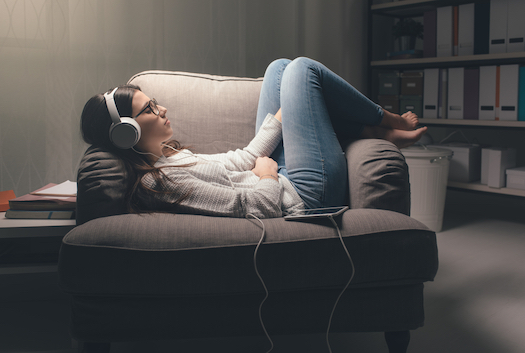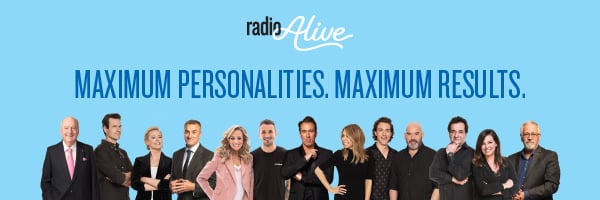Radio Tomorrow with James Cridland
RAJAR, the audio research company best known for the radio figures in the UK, also releases a survey called MIDAS every quarter; and it’s always a good read. Some pieces of data are the same every quarter, but they seem to put new bits of data in there every so often to interest and excite us.
This quarter’s contains, on the second last page, something close to my heart: headphones.
Headphones are different things to consume audio on than speakers. The act of listening is different – we’re more involved, more intimate with audio on headphones than speakers – partially because it’s harder to multitask with headphones. Talking to someone else requires you to take your headphones off – but that behaviour doesn’t happen with speakers.
So, I’ve been highlighting the difference between mobile phone apps and, say, smart speakers. A smart speaker is a replacement for an AM/FM radio. A mobile phone app isn’t – because mobile phone apps, mainly, are used with headphones. It’s unrealistic, I think, to assume that audiences who are tethered (by a wire or Bluetooth) to their mobile phone will be satisfied with an unalterable stream of someone else’s programming – when that same device has access to Spotify, YouTube, podcasts and other on-demand content.
Rajar’s MIDAS survey appears to back me up. This slide is a survey of everyone in their study who said they used headphones – and what they used them for during the week.

So, as you might guess, 45% of headphone users say they used them to listen to podcasts. We’ve known for some time that podcasts are intimate and (as this research also says) mostly listened-to alone, and this is another stat that backs this information up.
48% of headphone users say they used them to listen to audiobooks. Audiobooks are still big business, and do very well (though I’d potentially argue that podcasts can be a rather richer experience).
Music is also popular – 44% of headphone users say they used them to listen to their own digital tracks; 37% to things like Spotify.
And live radio? Just 12% of people who use headphones say they use them for live radio.
Your distribution strategy should be really clear.
Speakers are for simulcasts – where your live radio station goes. But headphones are for on-demand. Your app should offer something for the eyes and fingers as well as the ear – and should offer much more than just a live stream.
About The Author
James Cridland, the radio futurologist, is a conference speaker, writer and consultant. He runs the media information website media.info and helps organise the yearly Next Radio conference. He also publishes podnews.net, a daily briefing on podcasting and on-demand, and writes a weekly international radio trends newsletter, at james.crid.land.




